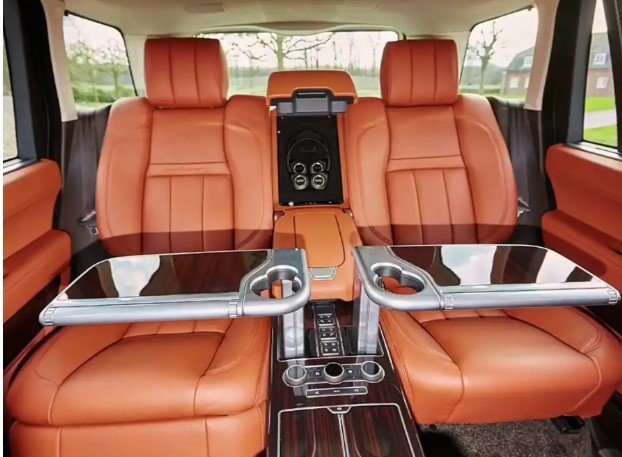Driving off the lot in a brand-new car is a thrilling experience full of excitement and a sense of accomplishment. The scent of new leather, the gleaming paintwork, and the hum of a well-tuned engine can all elicit excitement from anyone. By being aware of various things after purchase, one can avoid common mistakes and ensure that the car remains in excellent condition for many years to come.
Understand and Review the Owner’s Manual Thoroughly
One of the most ignored but critical steps after purchasing a new vehicle is to spend time perusing the owner’s manual. Although at first look it could seem ordinary or even pointless, the owner’s manual includes vital information unique to the brand and model of the car. It provides information on the characteristics, settings, maintenance schedule, and even pointers on how best to operate the vehicle. Modern cars contain a range of tech tools, and safety features that only reading the manual in great detail will let one fully understand and use. Learning every function not only helps the driver to maximize the car but also guarantees that it is being handled in a way that supports its lifetime and performance.
Prioritize Regular Maintenance from the Start
Maintenance should not start once problems start to develop. Rather, it ought to be considered as a proactive habit from the start. Major mechanical breakdowns down the road can be avoided in great part by timing the initial service at the advised distance, routinely checking fluids, and keeping current on tire pressure and brake condition. Many car owners assume nothing could go wrong. Regular maintenance guarantees, however, that minor problems are discovered early and do not grow into more major, expensive ones. Following a regular maintenance schedule also enables the car’s resale value over time to be maintained. In the used car market, a well-documented service history makes a car more appealing to possible purchasers and helps it to fetch more money.
Invest in Quality Protection for the Exterior and Interior
The exterior condition of a vehicle is important in determining its value and attraction. As soon as the vehicle touches the road, it is exposed to environmental threats such as sunlight, rain, dirt, and toxins. Investing in high-quality cleaning and protection supplies is critical for keeping the car in showroom condition. It’s best to use high-quality polishes, waxes, and protective sprays to protect the outside from harsh conditions. For extra convenience, one can easily purchase high-quality car wash products from a reputable supplier to guarantee they are using the best solutions made exclusively for automobile care. A clean and well-maintained vehicle not only looks better but also feels better to drive. It communicates a sense of caring and responsibility. Taking the time to frequently clean and detail the vehicle will help avoid long-term damage and lessen the need for professional detailing, which can be pricey.
Stay On Top of Paperwork and Insurance Details
Maintaining the physical condition of a new car is only one aspect; another is handling the required documents upon purchase. Reviewing insurance policies thoroughly is important to make sure they provide the appropriate coverage, particularly given new cars sometimes call for complete protection. In the event of an accident or theft, any mistakes or coverage gaps can cause major financial damages. All purchase records, registration documentation, and warranty information should also be kept in a safe and conveniently located area. These records are proof of ownership but can also be needed for future sales, insurance, or servicing claims. Ignoring to correct the insurance provider or DMV with appropriate data could lead to lawful coverage gaps or fines.
Be Mindful of Driving Habits During the Break-In Period
The long-term performance of a new car can be much influenced by driving behavior in the first phases of ownership. Usually, the first 1,000-mile break-in period is essential for letting the engine and other mechanical parts settle into the best running condition. It’s best to steer clear of high-speed driving, strong braking, and forceful acceleration during this period. Better fuel economy and smoother performance depend on the engine components wearing in a progressively uniform fashion. Ignoring this habit might not harm the car right away, but over time it will shorten its lifetime and efficiency. Early days aid in laying a firm basis for future dependability by keeping modest speeds, avoiding overloading, and desisting from pulling hefty loads.
Conclusion
Driving off the lot in a brand-new vehicle marks the beginning of a pleasant journey, but it also entails a set of responsibilities that should not be disregarded. The car’s condition, value, and performance are determined by the actions taken immediately upon its purchase. Examining the owner’s manual helps to prevent abuse and provides an awareness of the vehicle’s complete capabilities. Starting a consistent maintenance routine from the beginning ensures that the car runs smoothly and allows for early detection of problems before they worsen. Maintaining the appearance of the car by safeguarding its exterior and interior helps to reduce long-term costs.



